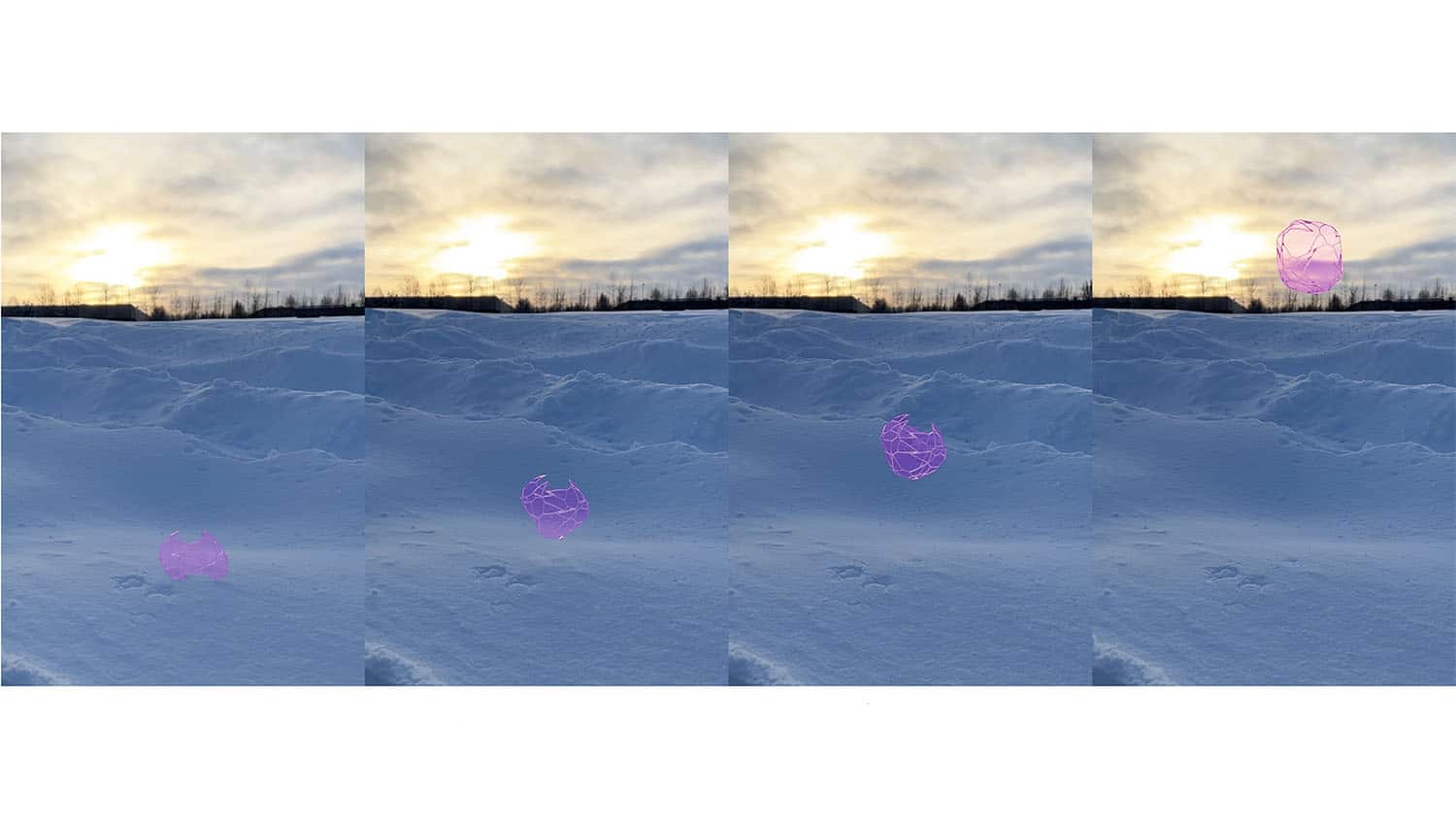‘Go Native’ By Turning Your Yard into a Hospitable Landscape for Area Wildlife
If you’re not seeing songbirds and butterflies in your backyard, you might need to “go native.”
A new North Carolina State University Web site can help with advice on how to create landscapes filled with native plants that are a safe haven for area wildlife.
“Having a native landscape is becoming increasingly important as wildlife habitats are rapidly lost or degraded by urbanization and the spread of invasive, exotic plants,” says Dr. Chris Moorman, associate professor and extension wildlife specialist. “This Web site is a unique resource that links native plant landscaping with attracting wildlife such as songbirds and butterflies to the home landscape.”
Moorman, who helped develop the new site, says that if a homeowner wants to attract native birds or butterflies to their property, it is imperative that native plants be used. “Area wildlife are adapted to native plants and are not well adapted to plants from Europe, Asia or South America,” he says.
The “Going Native” site offers a step-by-step guide on how to create, design and implement a native landscape in your own backyard. The site includes an interactive native plant database that allows users to build a list of plants suitable to their own unique site conditions and needs.
Biologists and other scientists now commonly refer to invasions by exotic plants as one of the most serious problems facing native plant and wildlife populations in the United States. Exotic plants in your landscape can reproduce, spread from where they were introduced, and invade natural areas where they can eventually exclude native plants and animals. Areas where problematic species such as kudzu or autumn olive have taken over, for example, offer poor habitat for wildlife.
Moorman says that plants native to an area are well suited to the local soils and climate, and require relatively little upkeep once established on an appropriate site.
“Anyone can have a yard that will work in harmony with the environment and provide a haven for our native wildlife, even in the most urban settings,” Moorman says. “So I think we should celebrate our natural heritage by choosing native plants.”
If you are interested in “going native,” visit www.ncsu.edu/goingnative.
-gregg-
- Categories:


